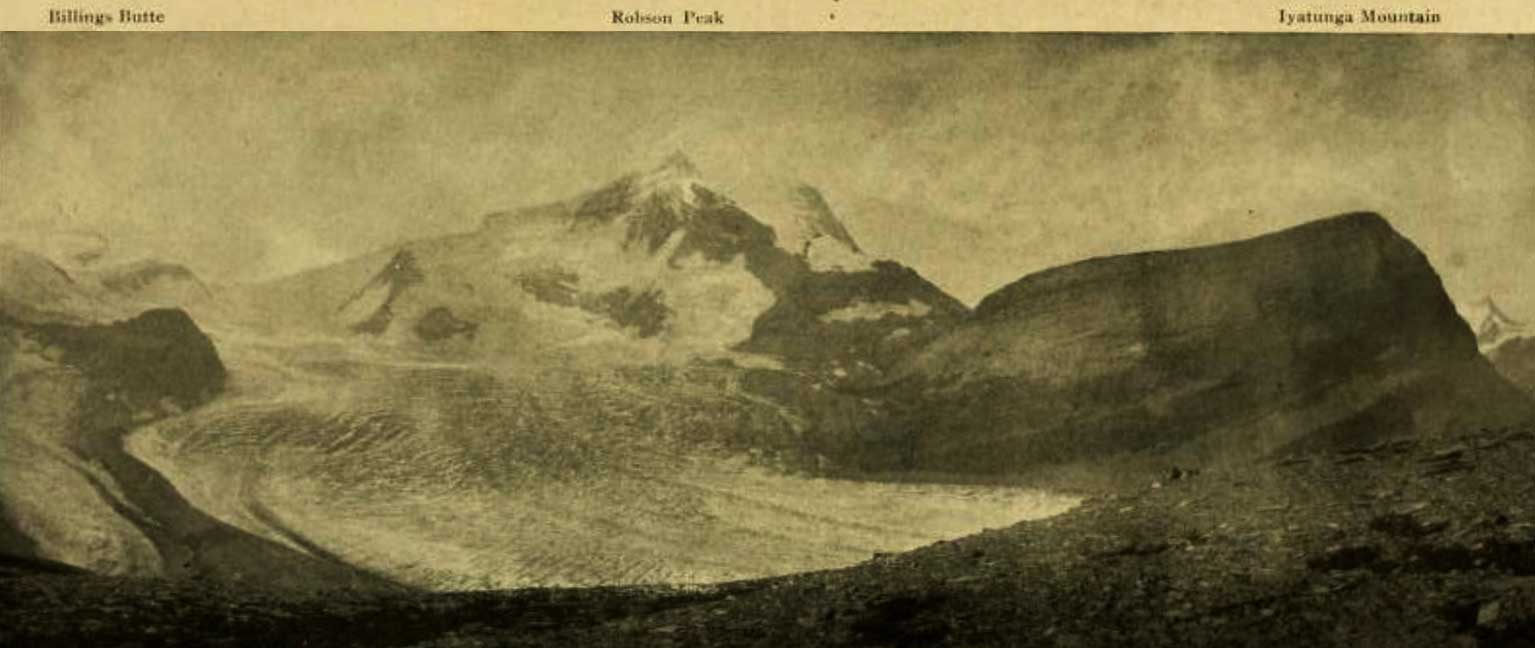Canadian National Railway, S of Tête Jaune Cache
52.95 N 119.3833 W — Map 83D/14 — Google — GeoHack
Name officially adopted in 1951
Official in BC – Canada
Mile 66 in Albreda Subdivision (Jasper to Blue River as of 1977)
Canadian Northern Railway station built in 1915
Pre-emptor’s map Tête Jaune 3H 1919
Canadian National Railway map 1925
Philip Jackman [1835-1927] was a sapper with the British Royal Engineers. He served with the Columbia Detachment, which built the Cariboo Road from Yale to Quesnel in the 1860s. He also worked on the British Columbia section of the Canadian Pacific Railroad location survey, conducted from 1871 to 1885. He was a road-builder, Cariboo-miner, policeman, fish warden, farmer, storekeeper, and was elected reeve (mayor) of Langley three times.
A sapper is a soldier employed in digging trenches, building fortifications, and executing field works. The non-commissioned officers and privates of the Engineers were formerly called the Royal Sappers and Miners. They became the Royal Engineers in 1859. The privates are still unofficially called sappers.
- Andrews, Gerald Smedley [1903–2005]. Professional Land Surveyors of British Columbia. Cumulative nominal roll. Victoria: Corporation of Land Surveyors of British Columbia, 1978
- CN (Canadian National Railway). Transportation planning branch, Edmonton, and historical office, Montréal. 2000
